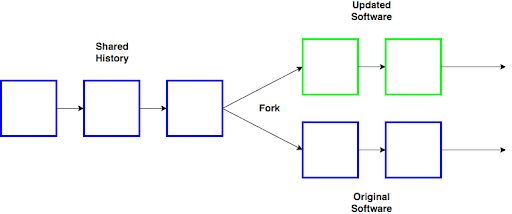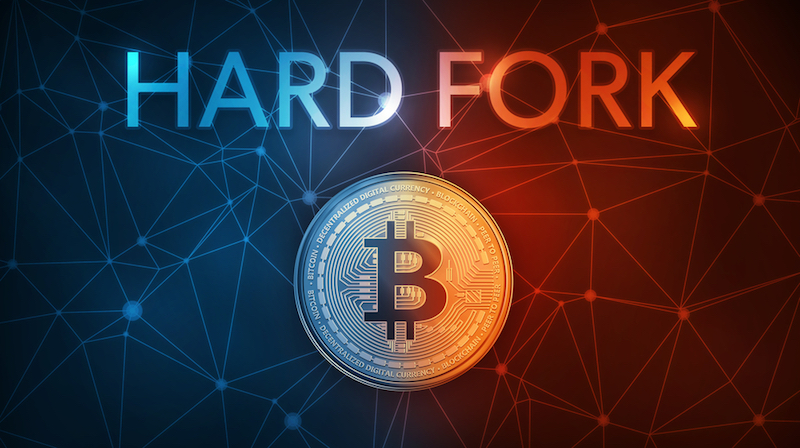Understanding the Dynamics: Navigating Hard Forks in Blockchain Blockchain technology, known for its decentralized and transparent nature, undergoes significant transformations…
Read More

Understanding the Dynamics: Navigating Hard Forks in Blockchain Blockchain technology, known for its decentralized and transparent nature, undergoes significant transformations…
Read More
Understanding the Dynamics: Navigating Soft Forks in Blockchain Soft forks, a subtle yet impactful evolution in the blockchain landscape, play…
Read More